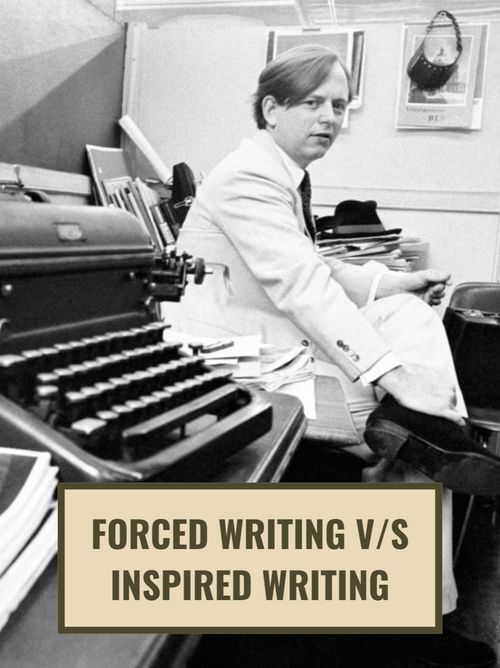Tips on journalism and fiction from a man who excelled at both
Mar 03, 2022 · 2 mins read
0
Share

Introduction. Tom Wolfe was an American writer who successfully navigated two different worlds: journalism and literary fiction. His writing blazed the path for a unique school of reporting called New Journalism. His bestseller novels were made into movies. Top writing insights👇
Save
Share
The experience of writing the first fiction book: When Tom Wolfe wrote The Bonfire of the Vanities, he kept in mind "Henry James’s doctrine of point of view, Virginia Woolf’s theory of the inner psychological glow," and other composition rules for fiction.
Save
Share
How Wolfe beat his procrastination: Wolfe was unable to write his novel, so he put himself under "under deadline pressure." He signed on with Rolling Stone to publish his novel in serial form - each new magazine issue forced Wolfe to get to work and finish a chapter.
Save
Share
Nonfiction vs Fiction. A nonfiction book is an erector set - even if it takes on an "ungainly form," it stays intact as "you’re dealing with actual facts." But if you change one fact in fiction, it's like "pulling a thread in a sweater." Everything goes haywire.
Save
Share
On the importance of research: “I don’t think the unaided imagination of the writer—and I don’t care who the writer is—can come up with what is obtainable through research and reporting.” No imagination can make up for the perfect testimony from someone who was there.
Save
Share
With The Painted World, Tom Wolfe set to expose the "myth and men" behind modern art. Wolfe summarizes one of the book's key points: " Three thousand people...determine all fashion in art." Consensus on what is creative is manufactured by critics and gallery managers.
Save
Share
Forced writing vs inspired writing: "I find that what I write when I force myself is generally just as good as what I write when I’m feeling inspired." One's mood has less of a bearing on the quality of work than one assumes.
Save
Share
Seismograph vs lightning rod. A writer is a seismograph - an instrument that painstakingly measures "rumblings from a great distance." Writers long to be lightning rods. They want inspiration to strike like lightning - "once, quick, and decisive" - but that's not the craft.
Save
Share
Isn't fiction just entertaining fantasy? No, Wolfe says: "You can have a real impact with fiction provided that you deal with reality, provided you want to show how society works, how it fits together."
Save
Share
What's the definition of a good novel? For Wolfe: "It’s a novel that pulls you inside the central nervous system of the characters . . . and makes you feel in your bones their motivations as affected by the society of which they are a part."
Save
Share
0